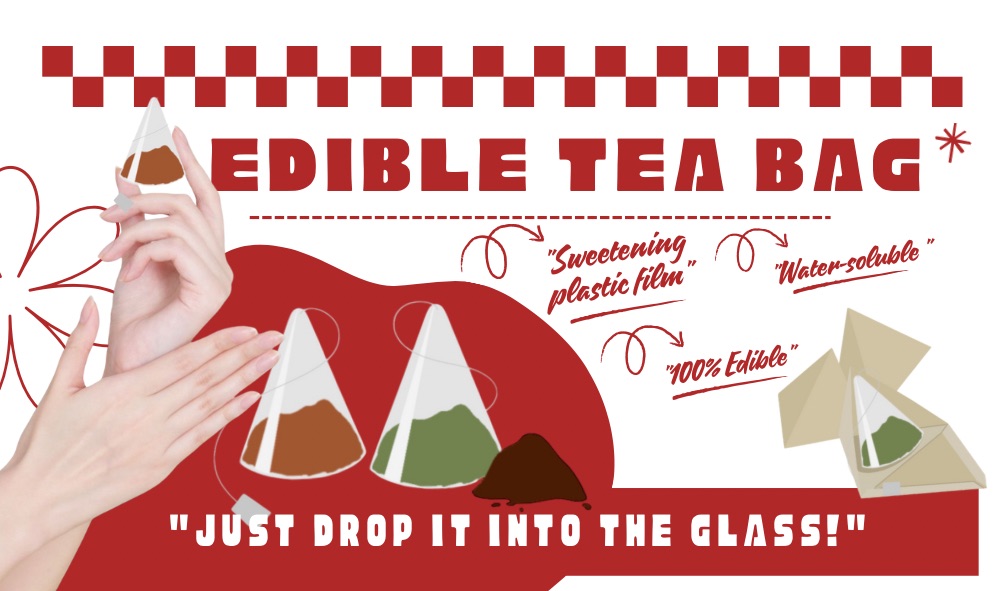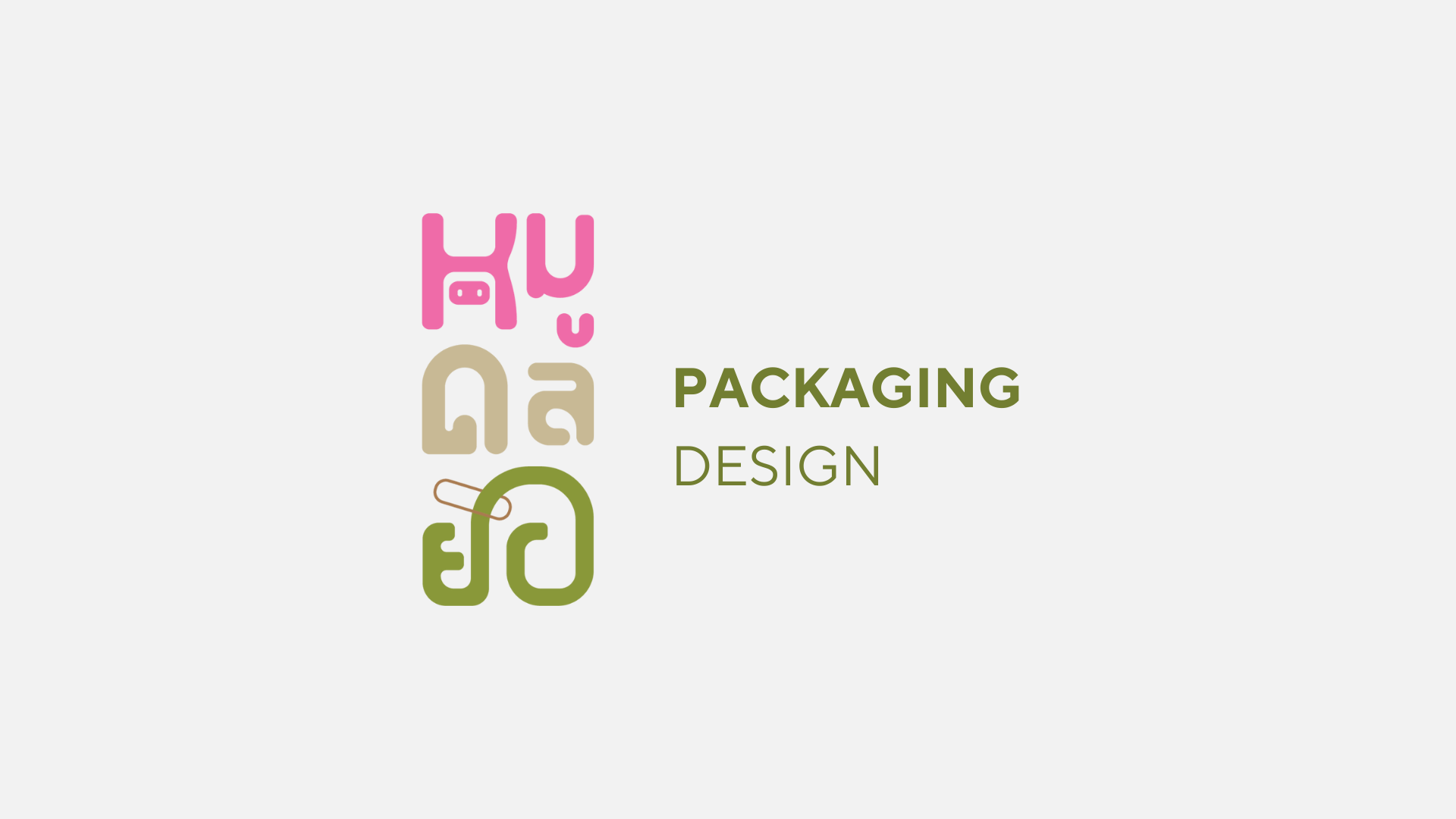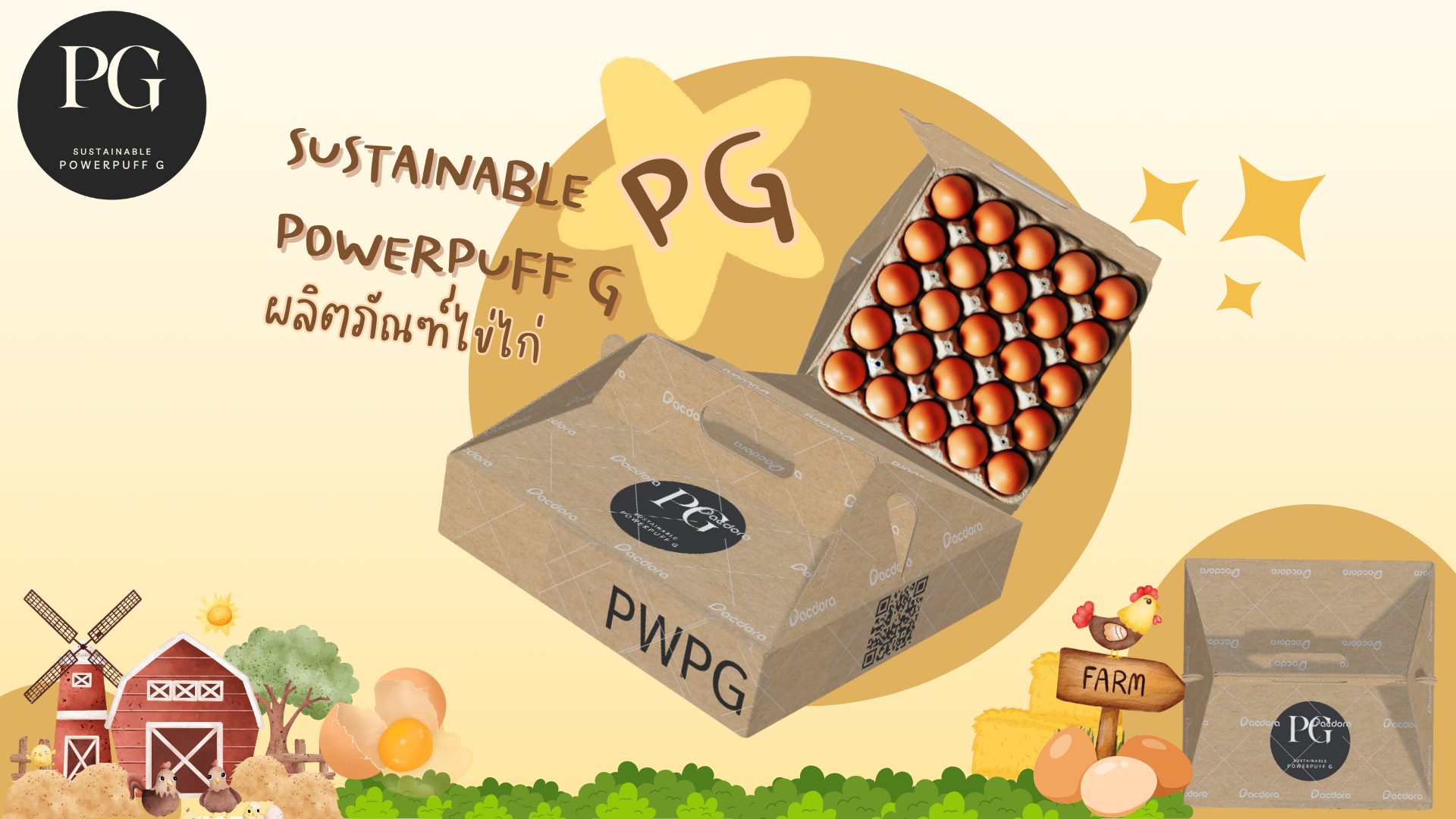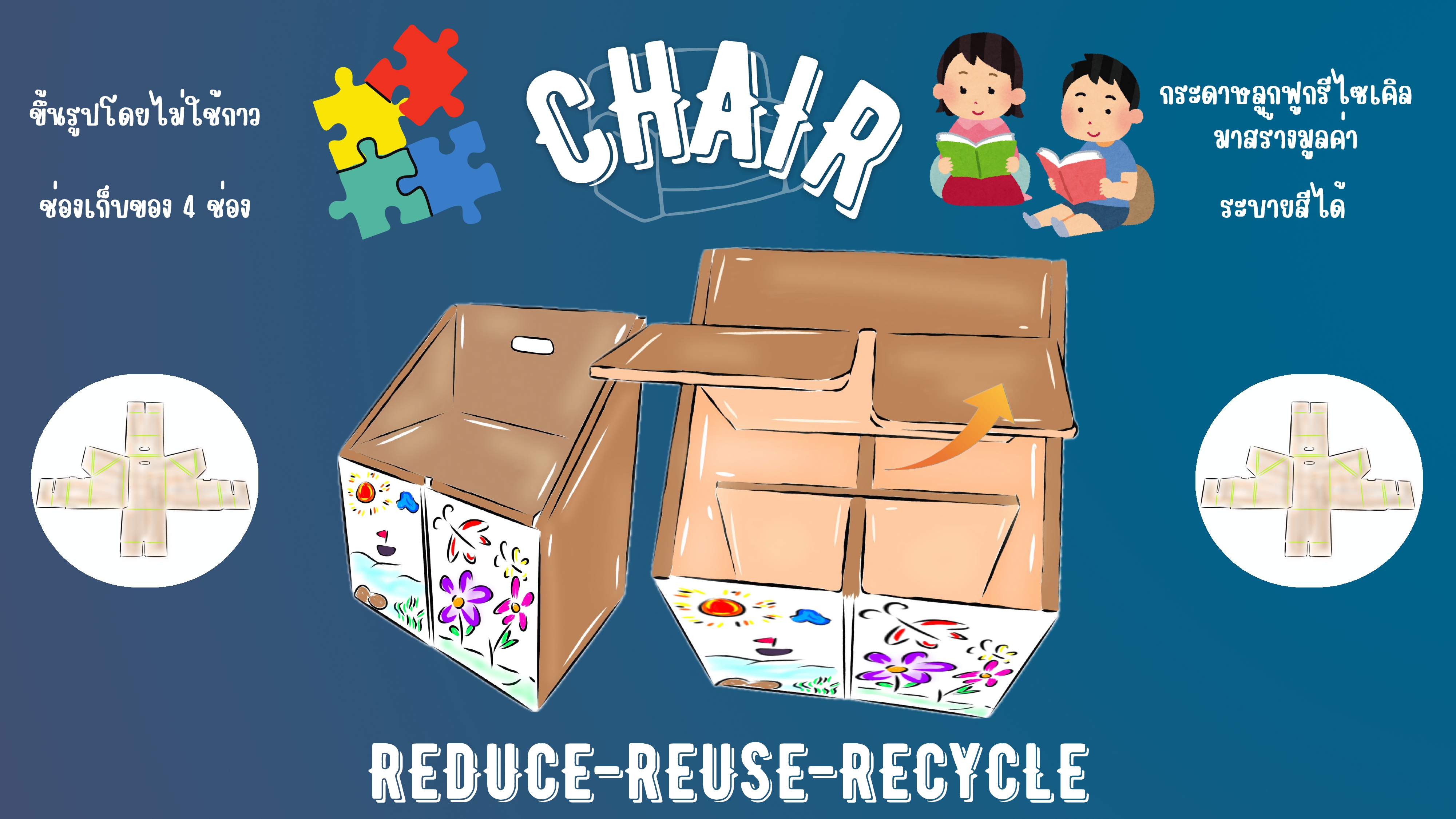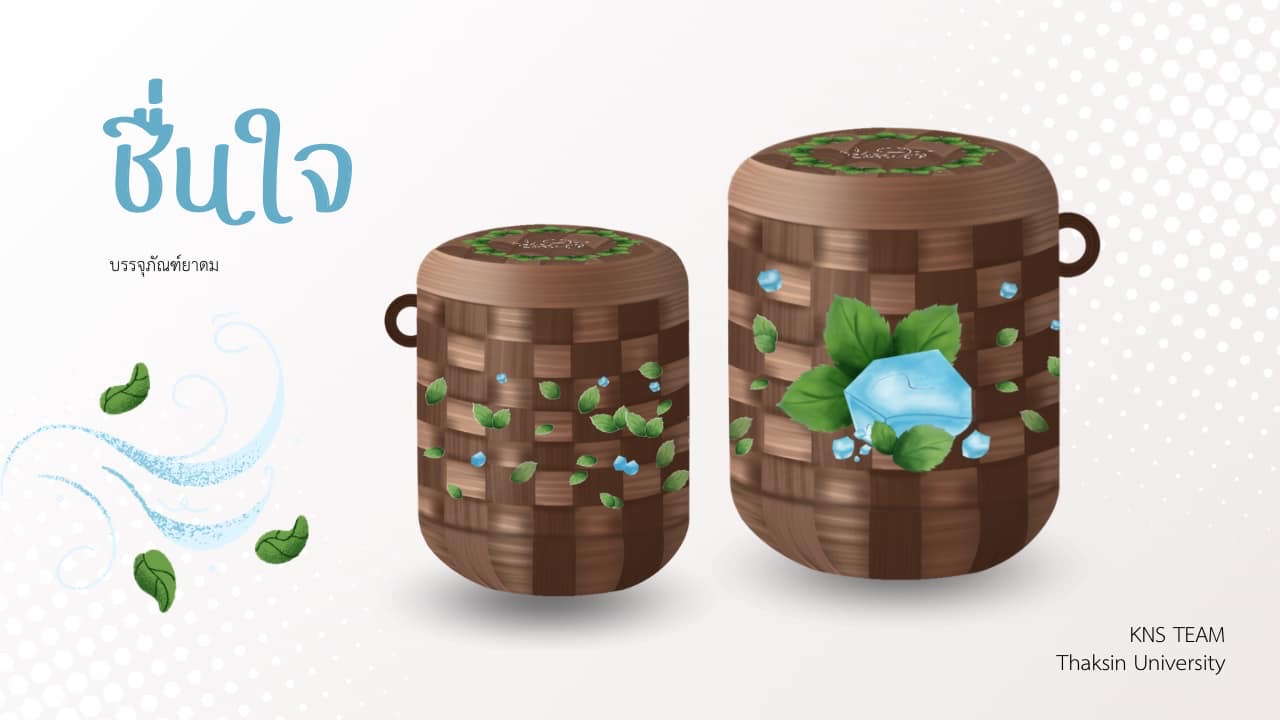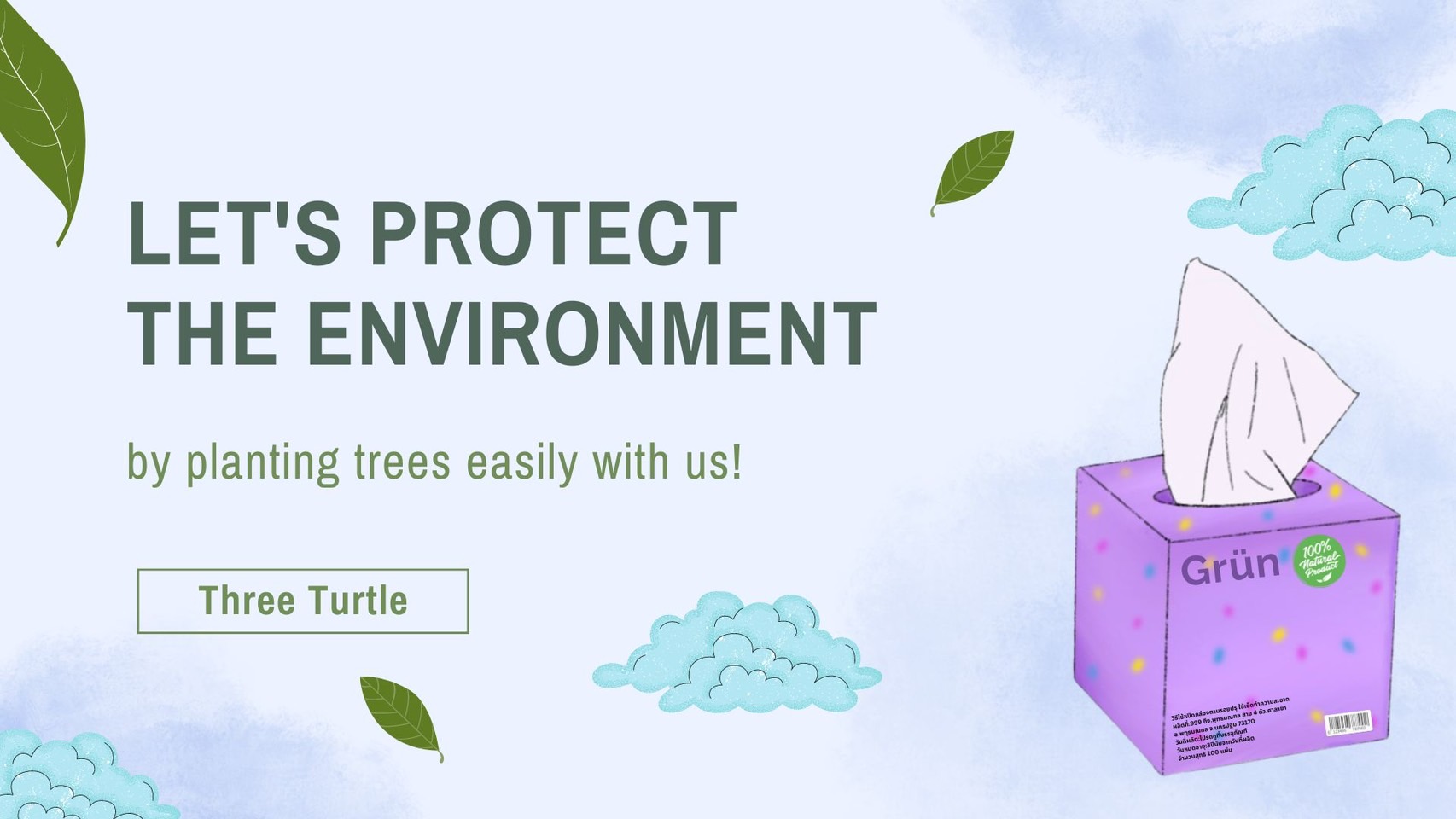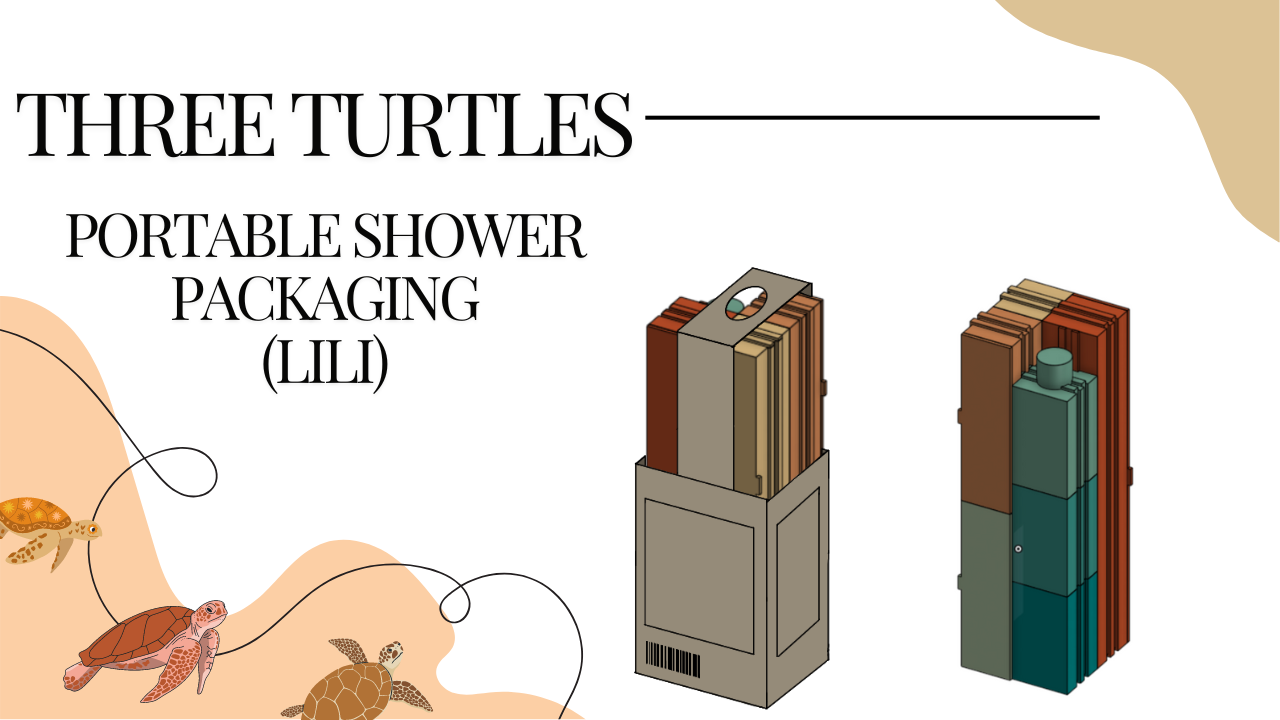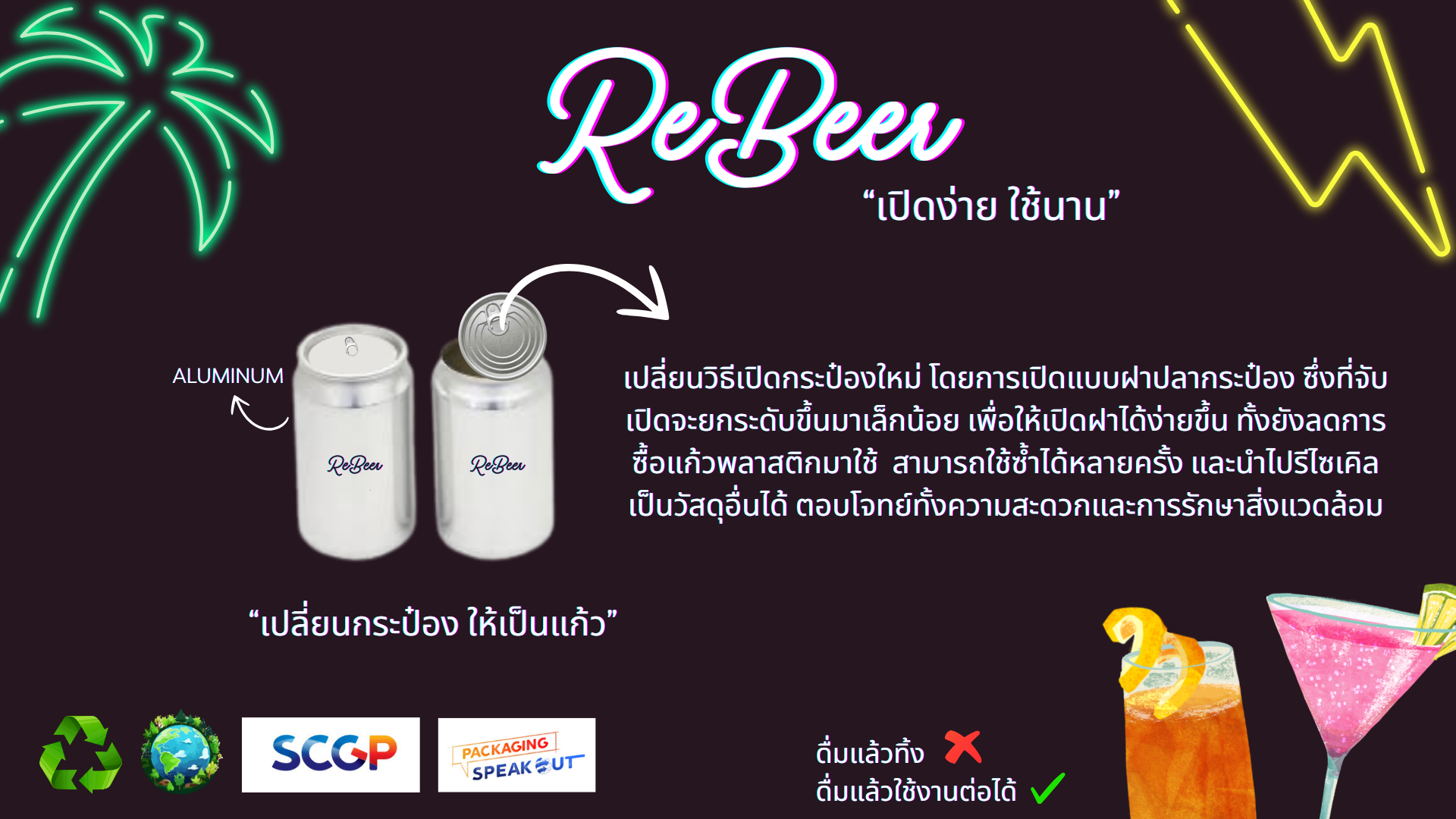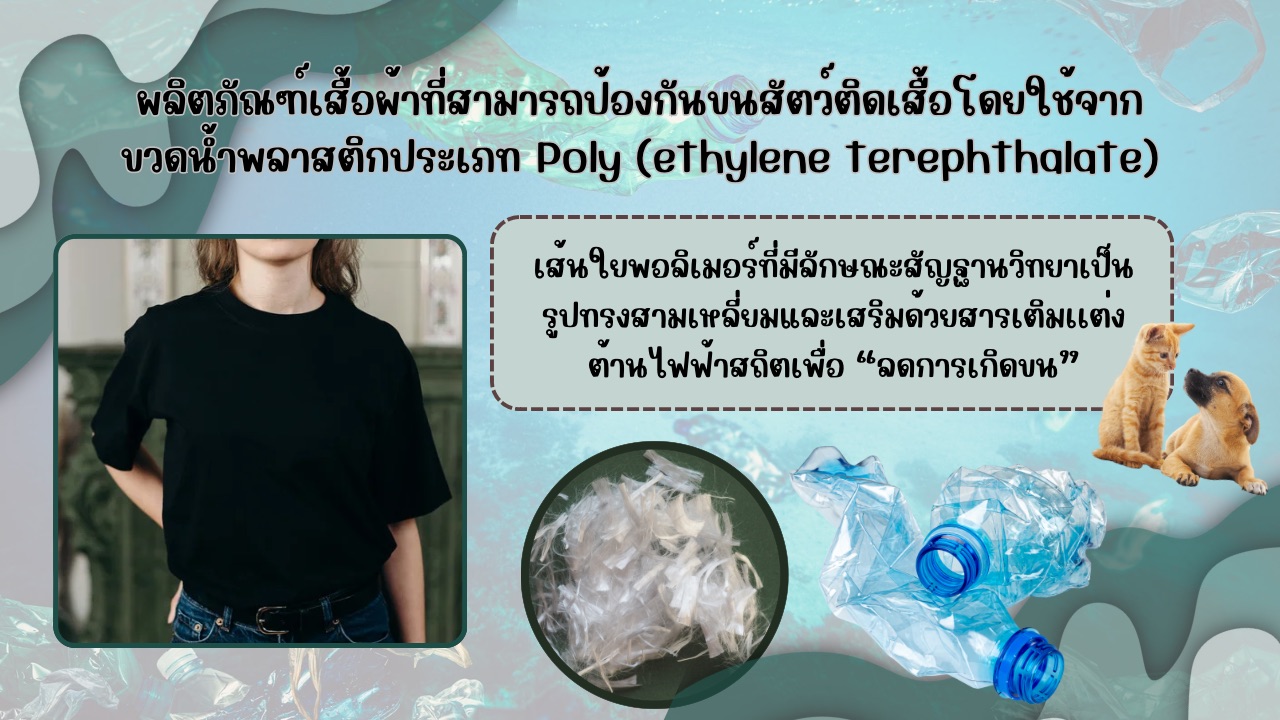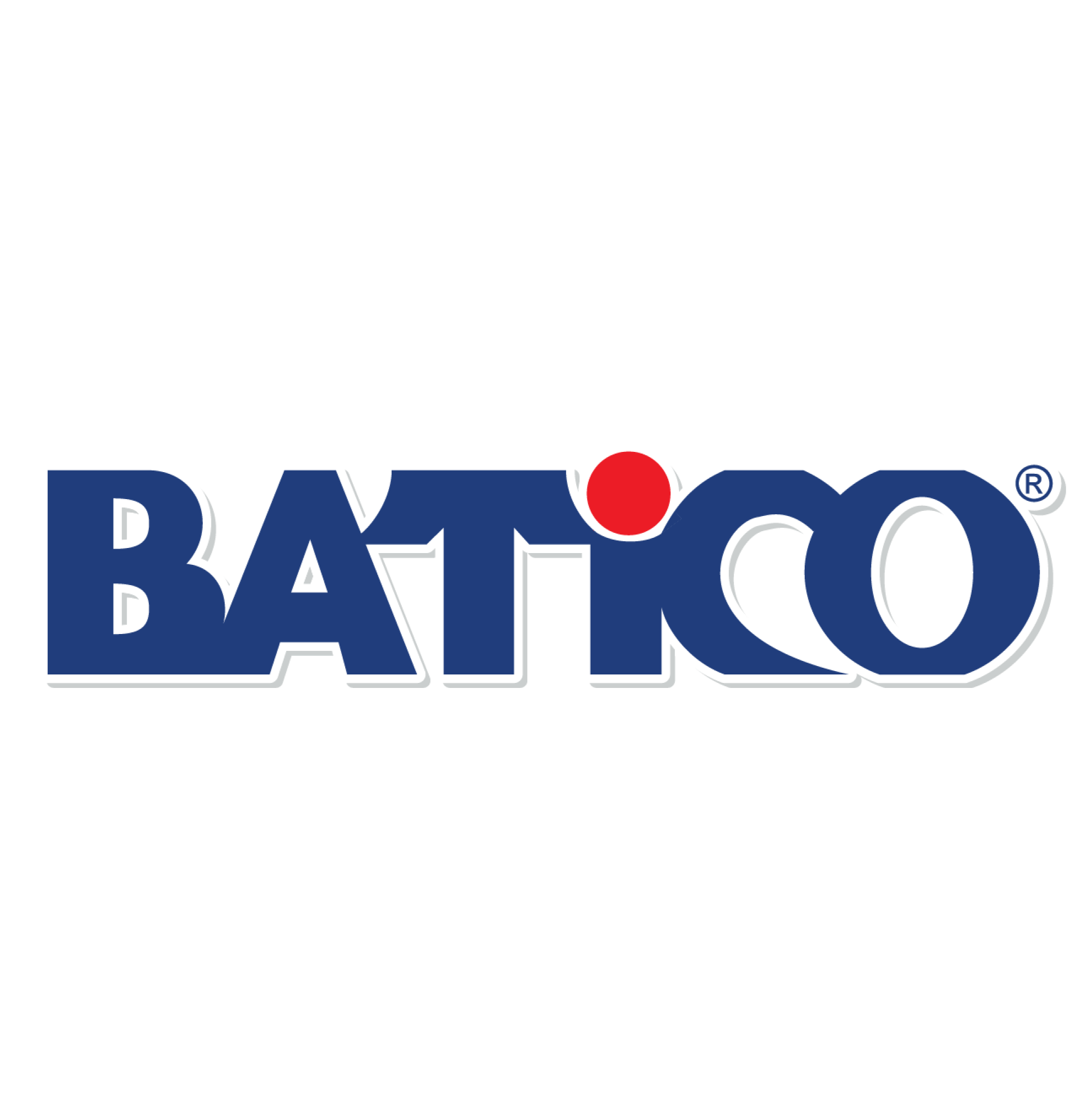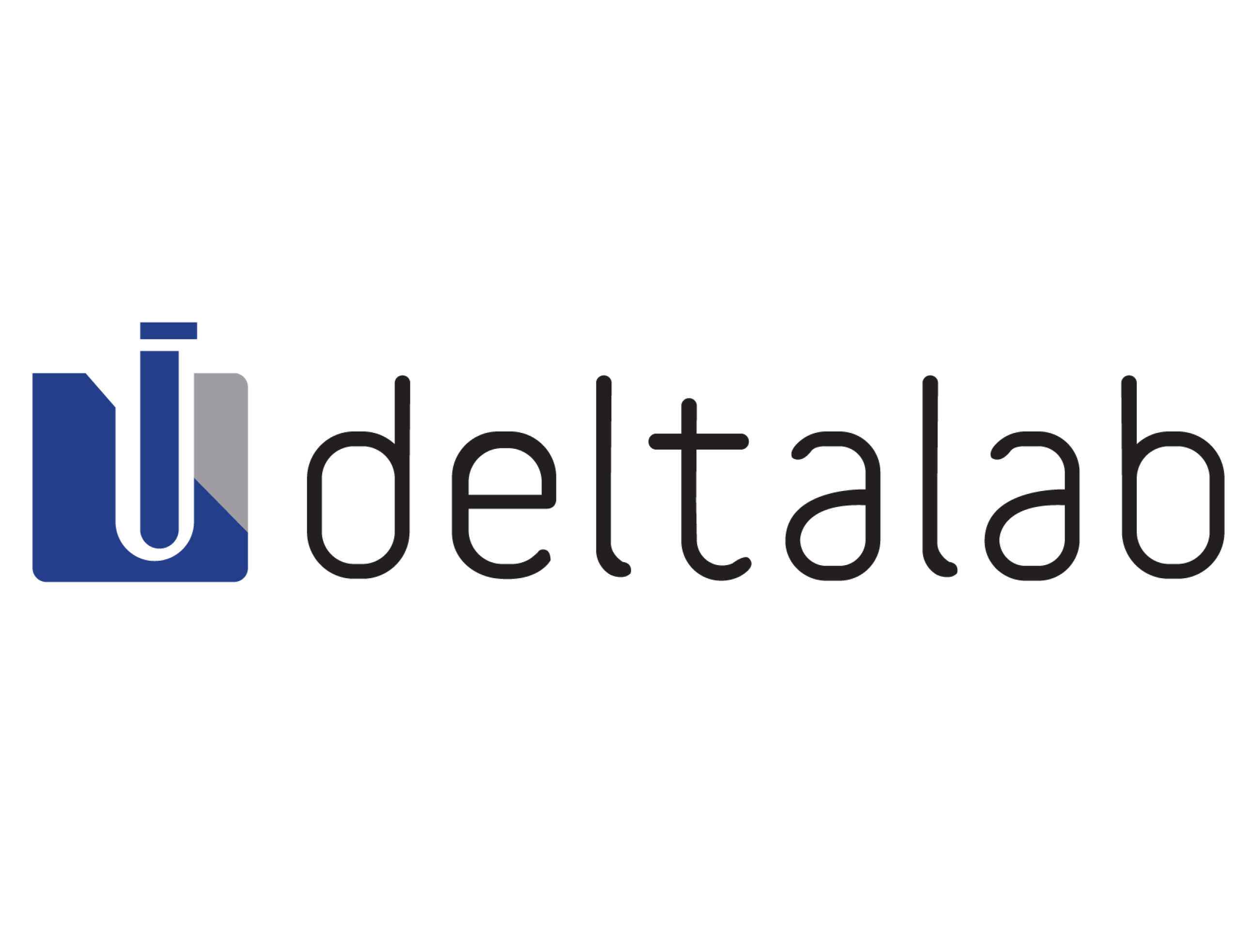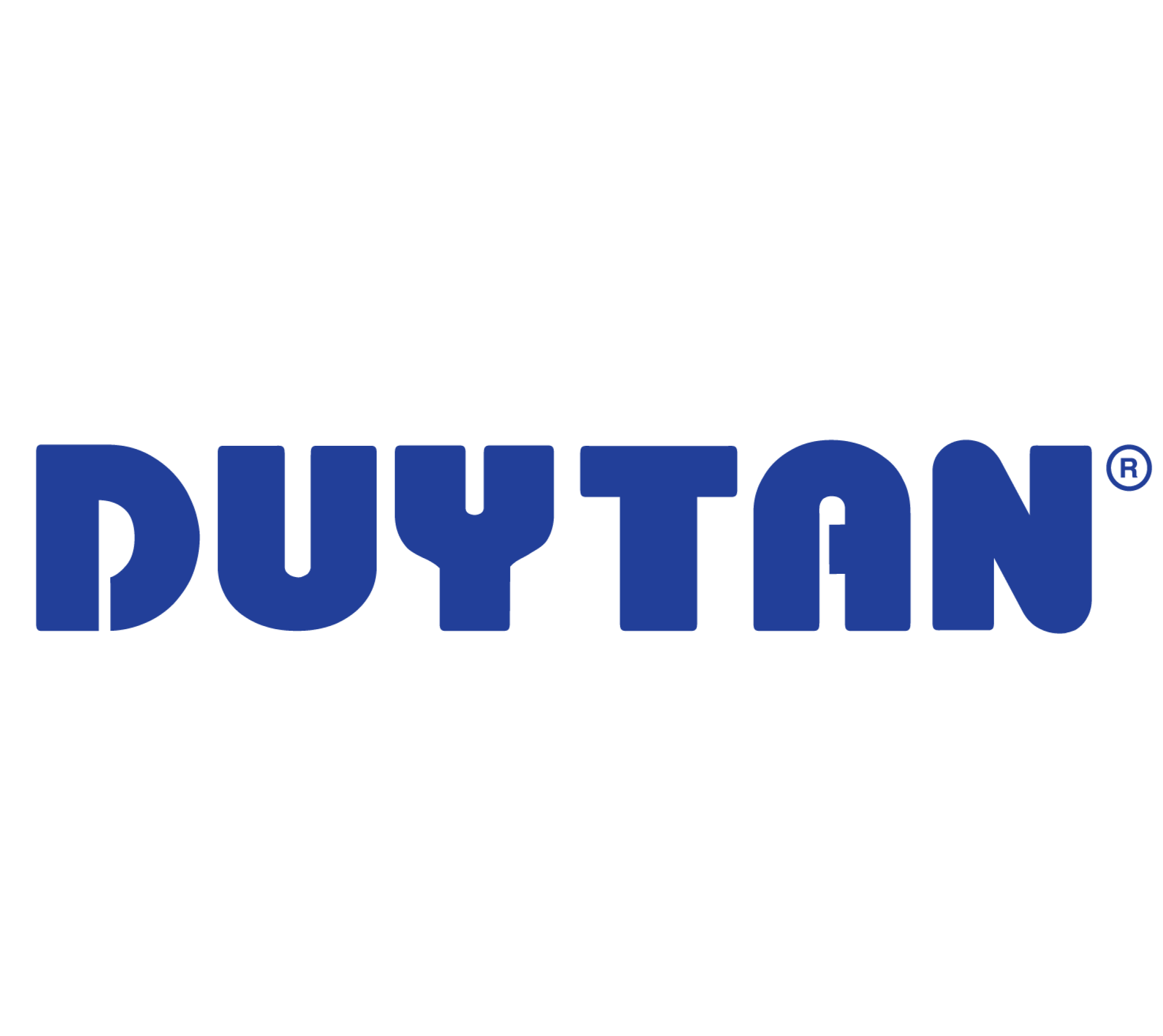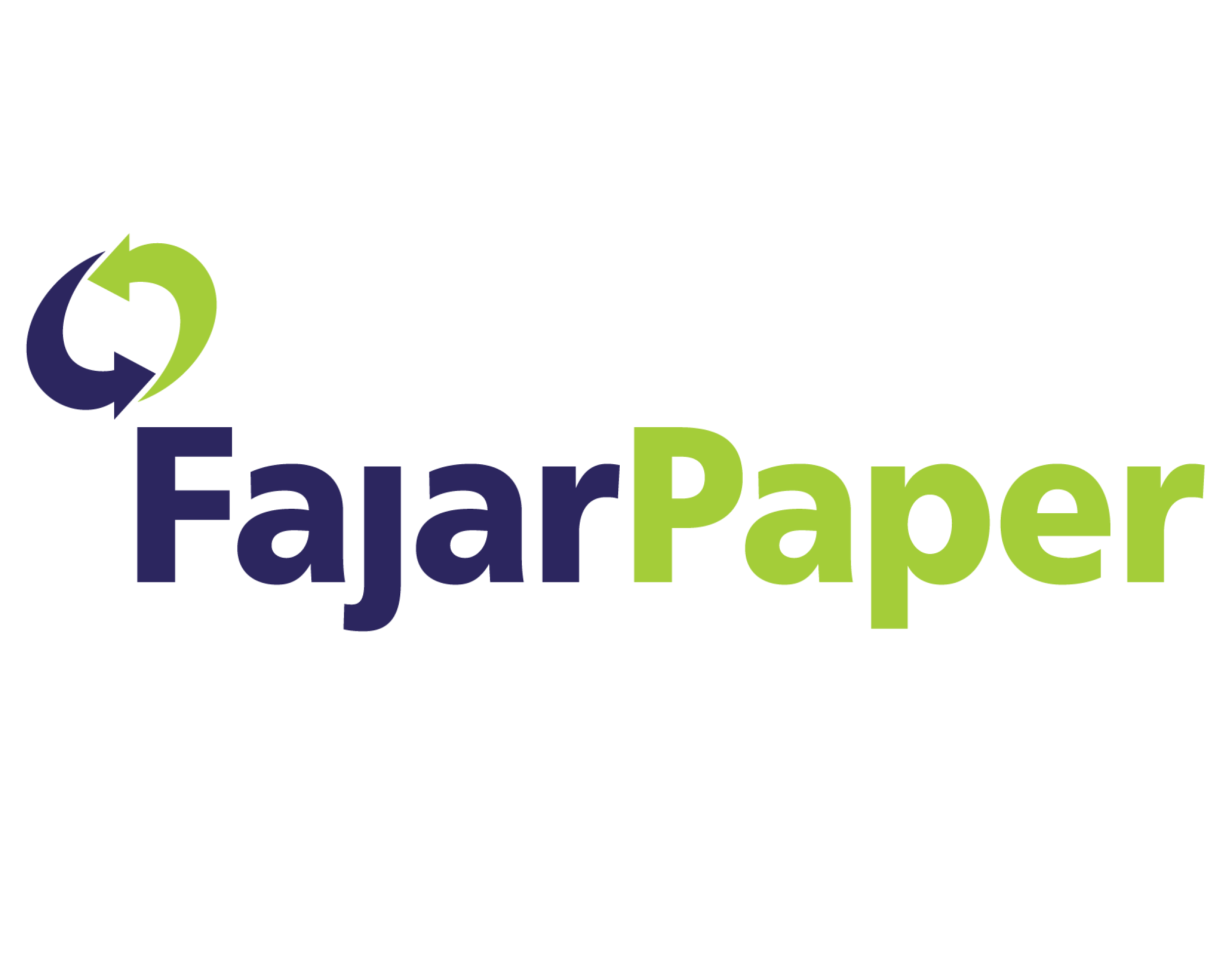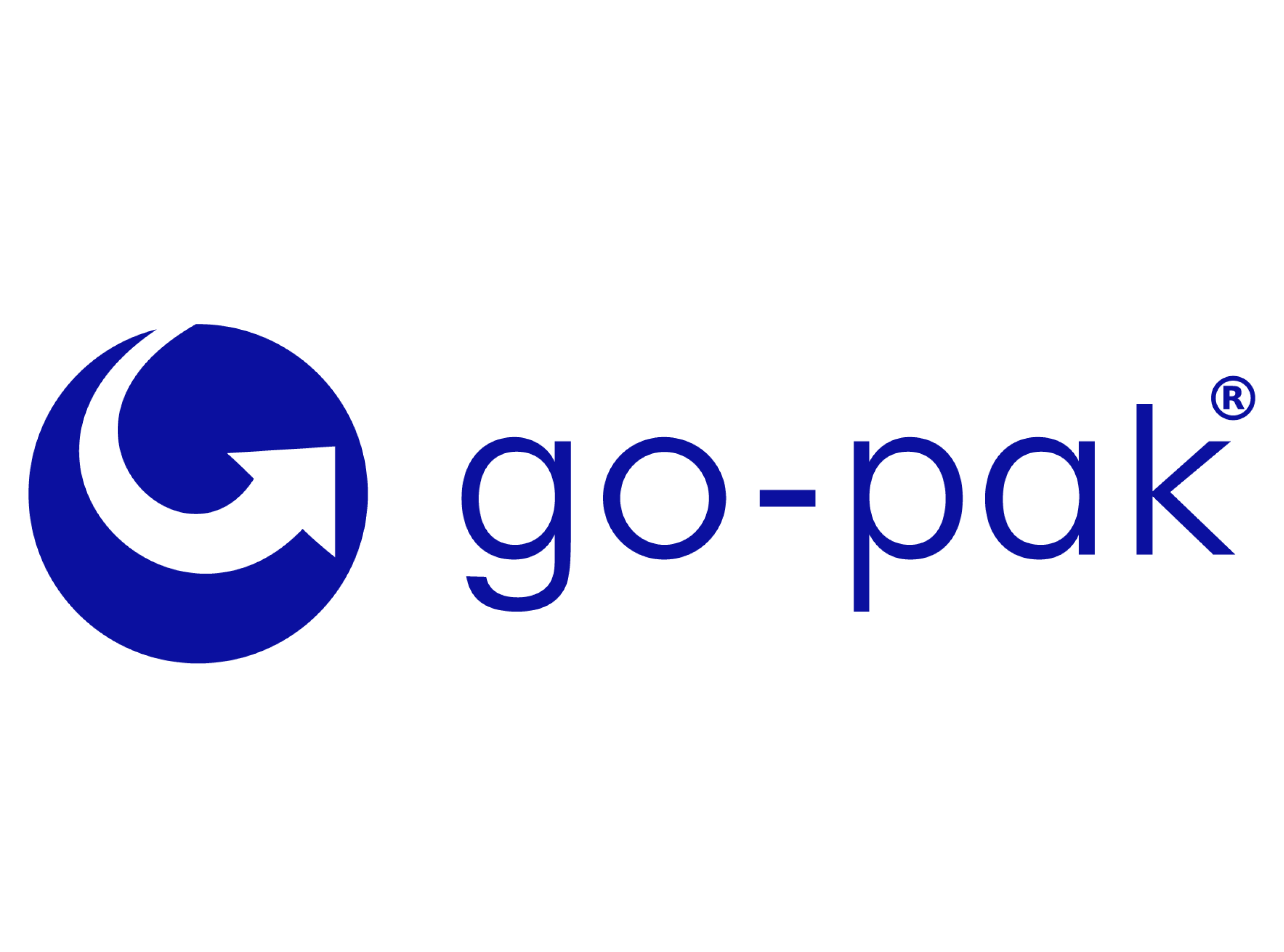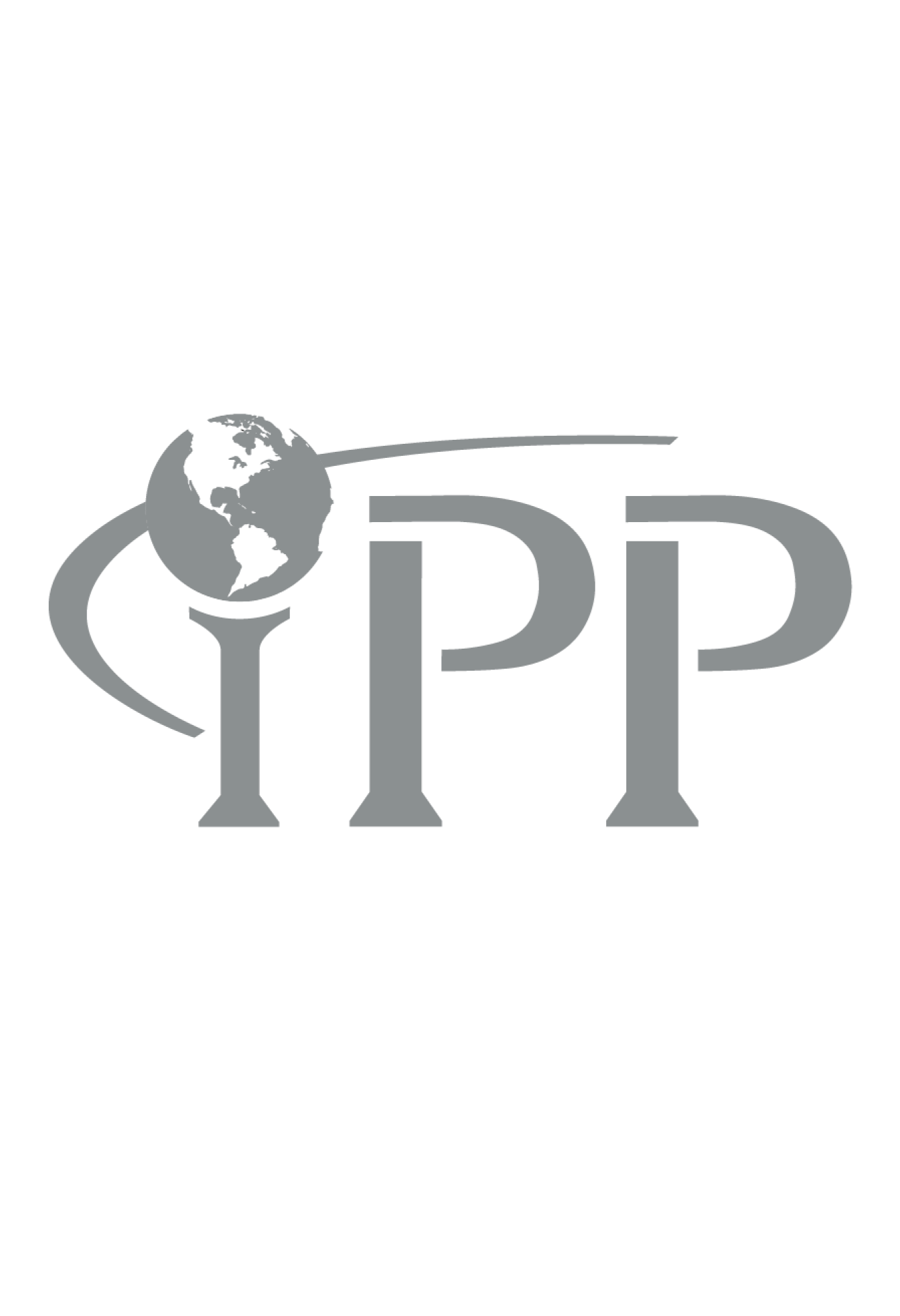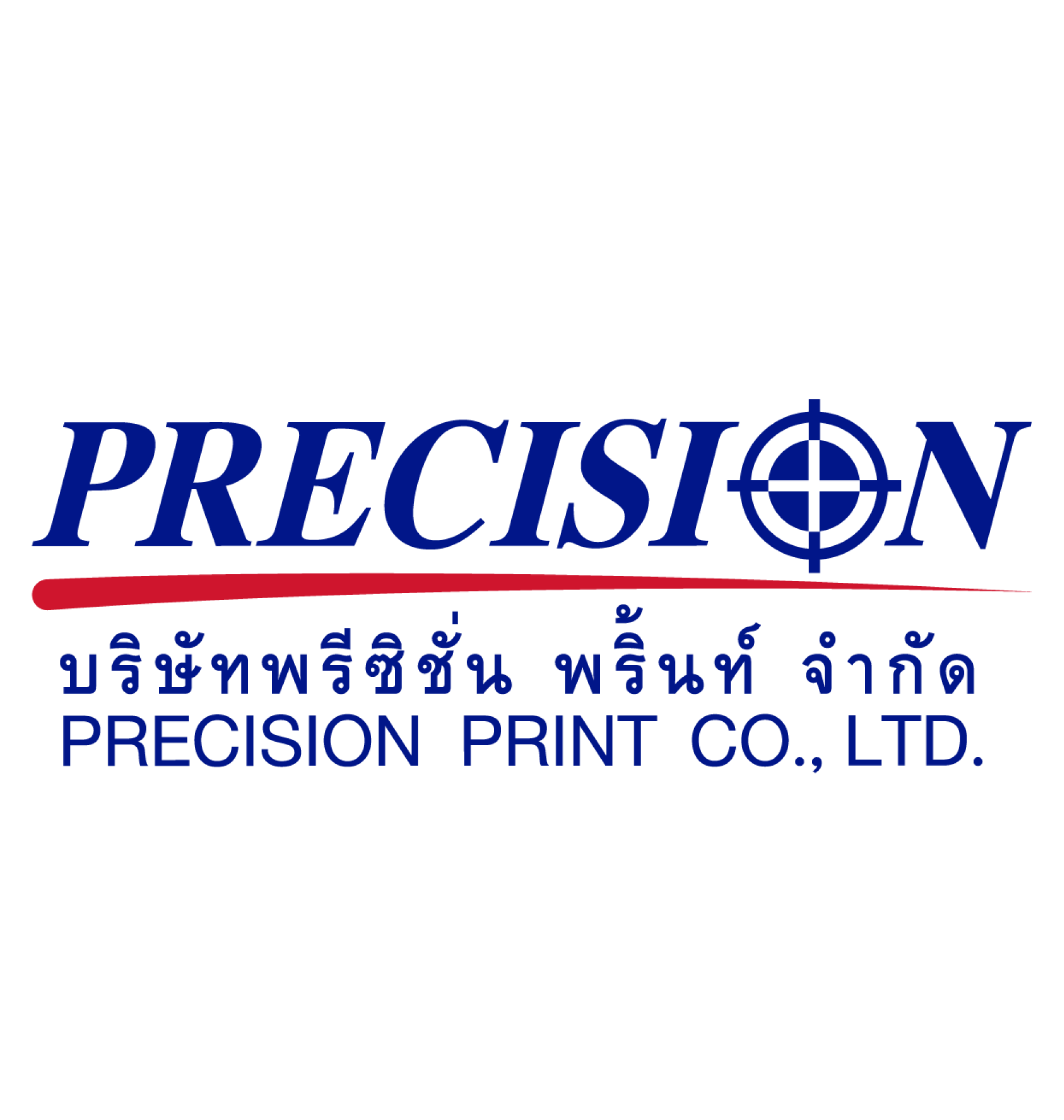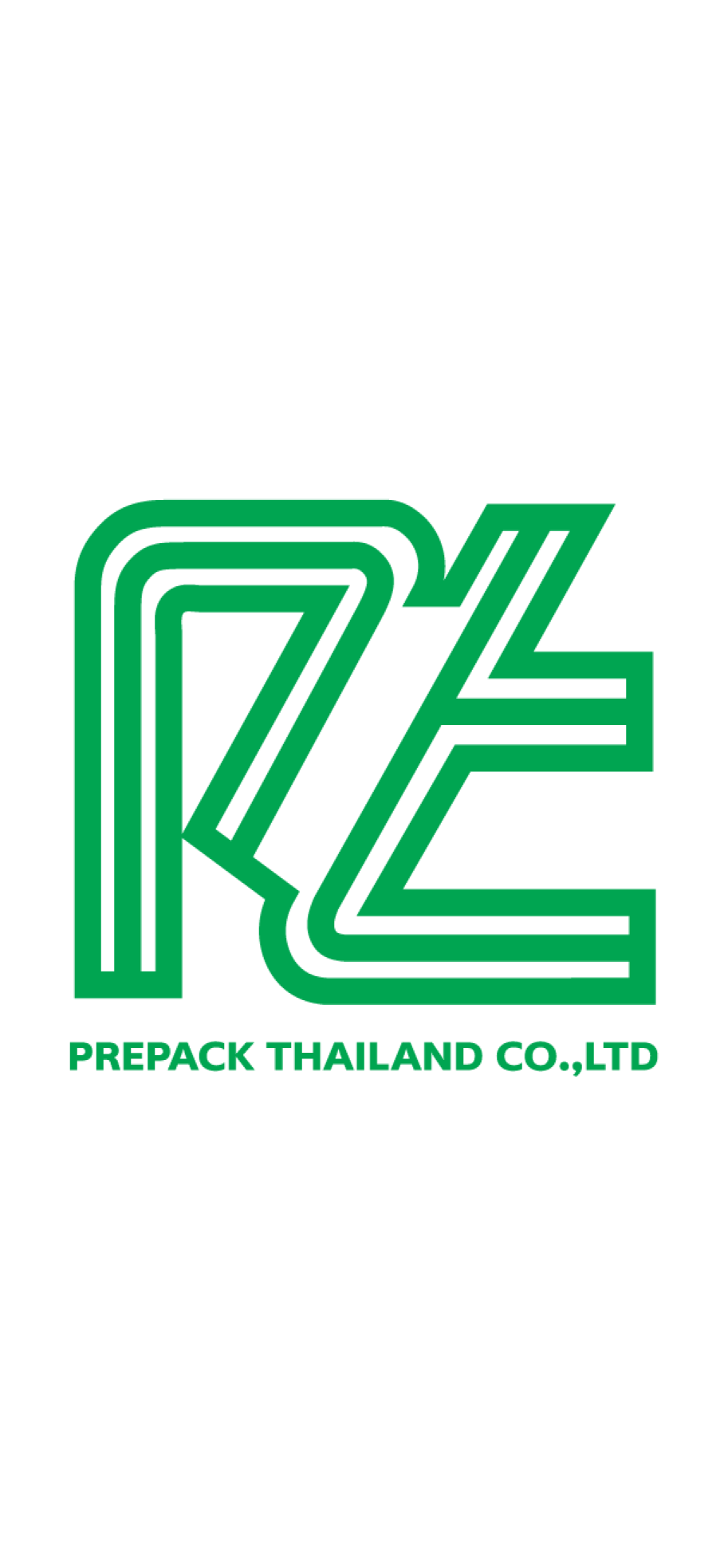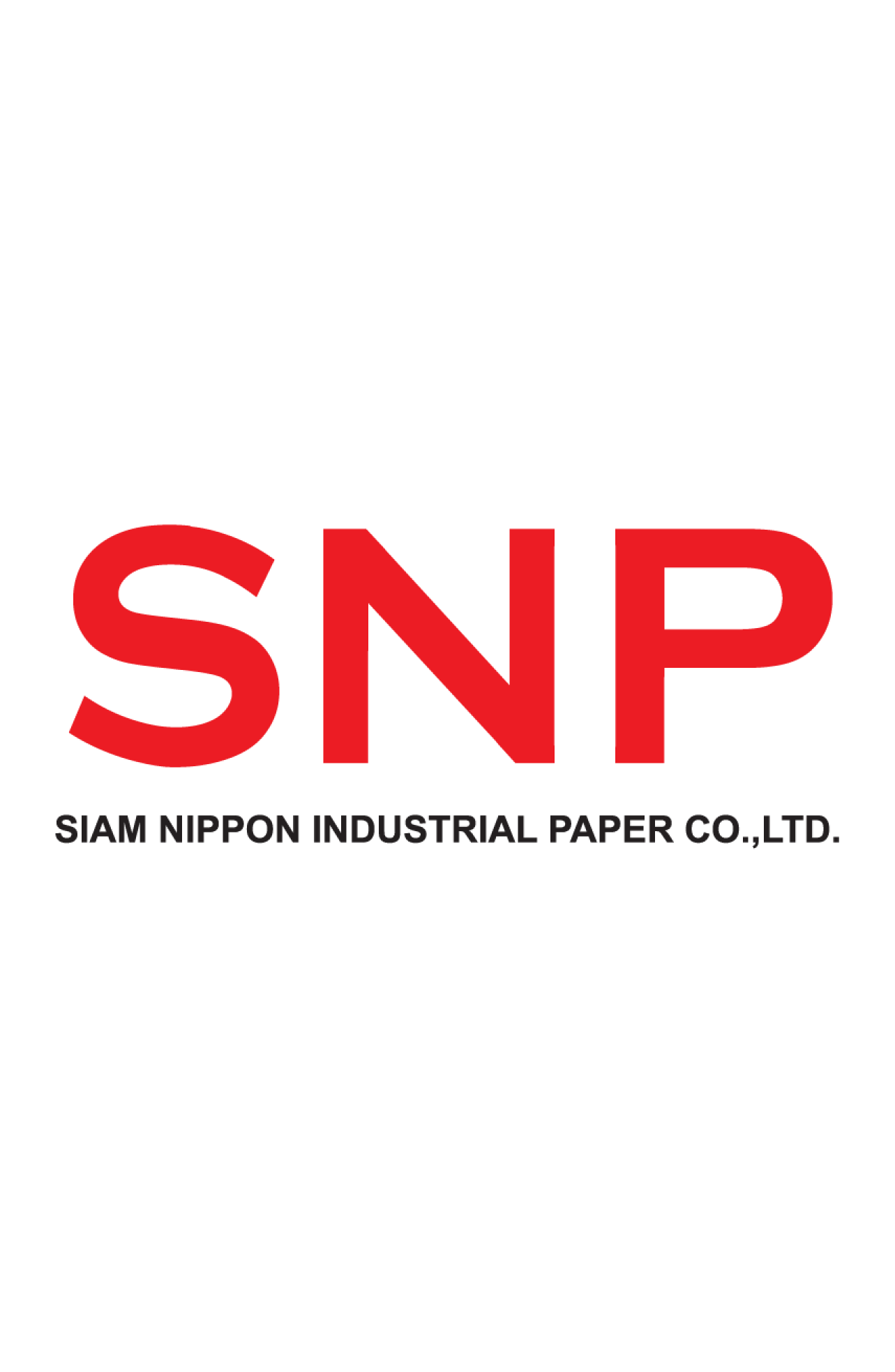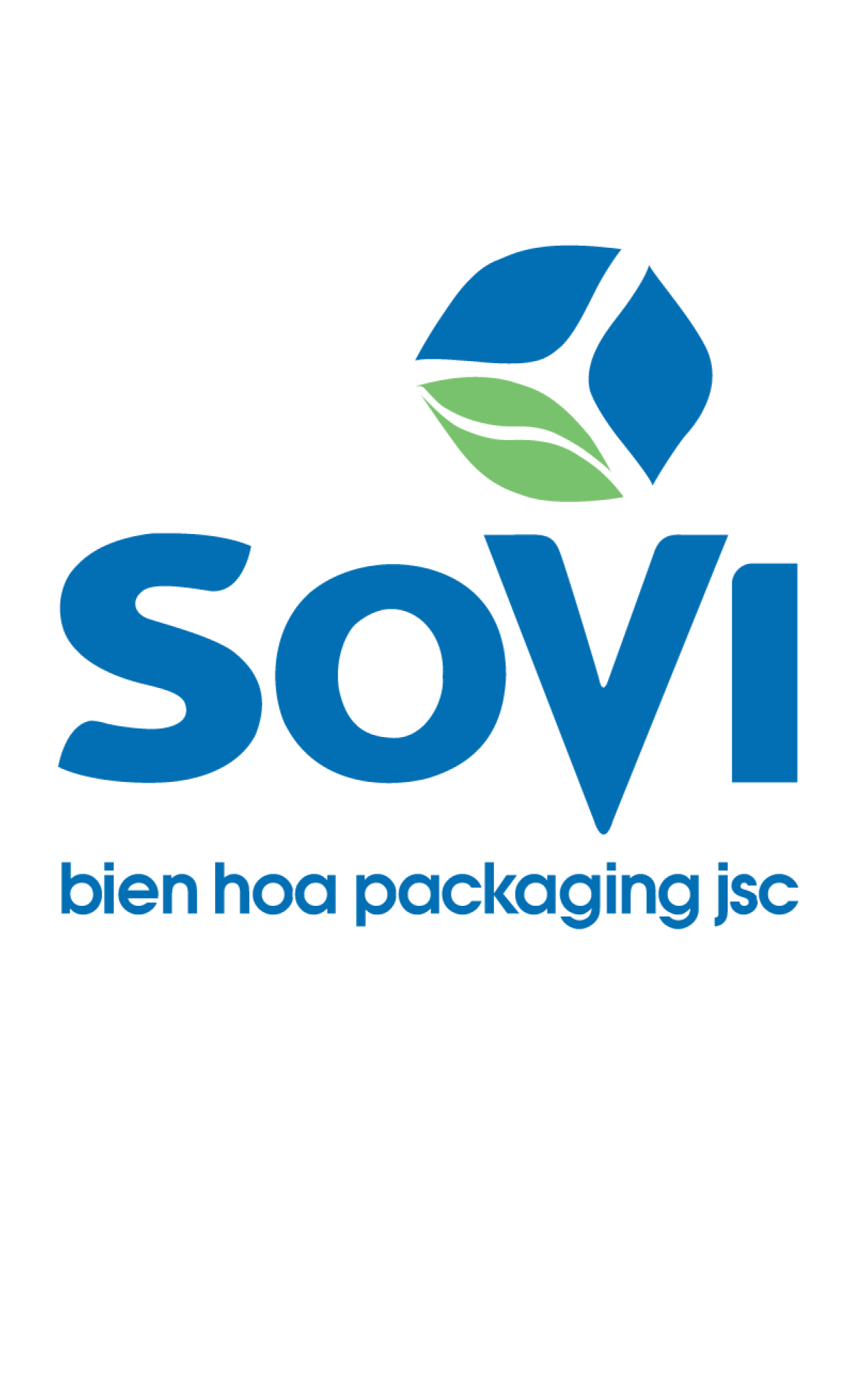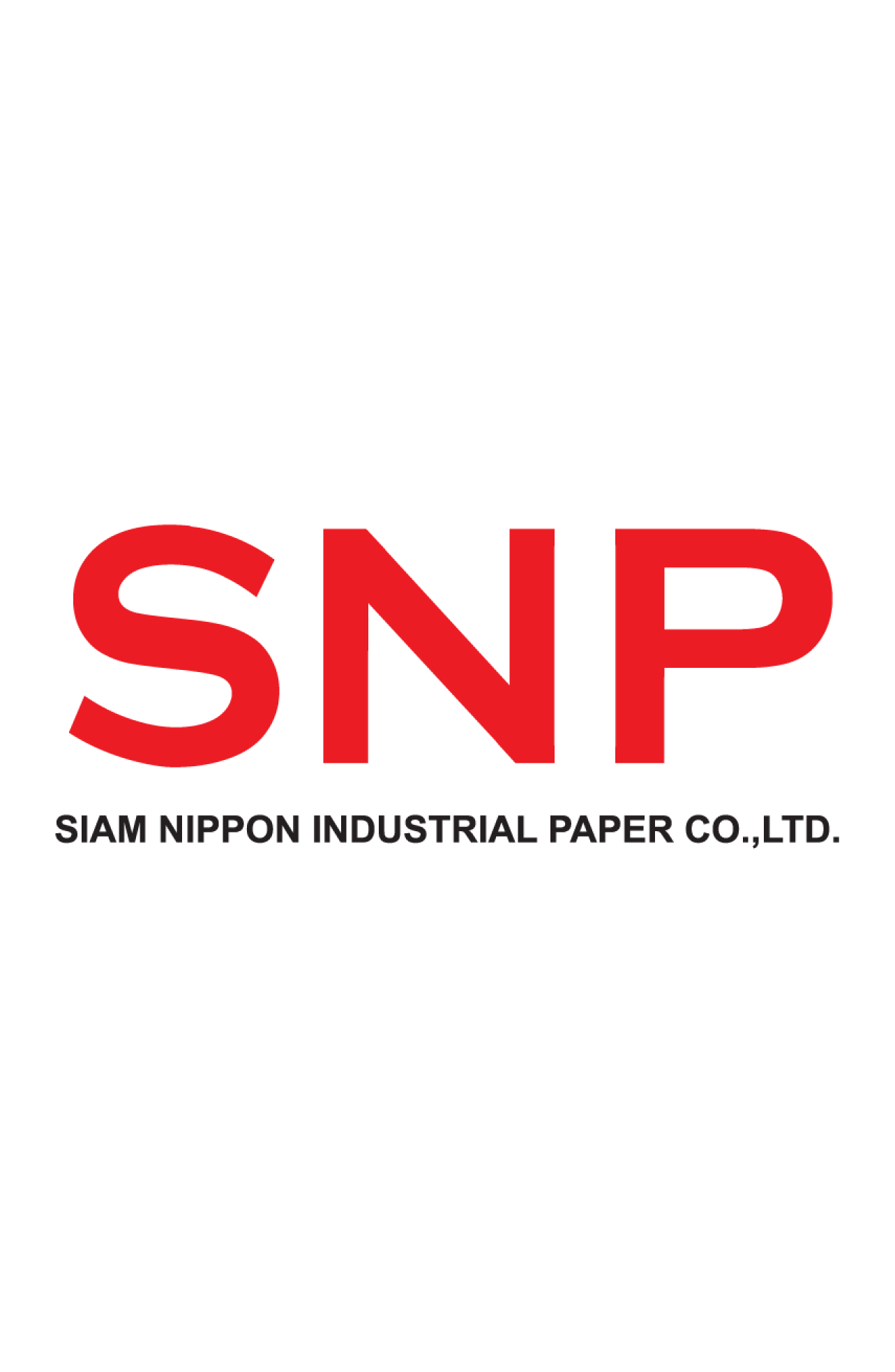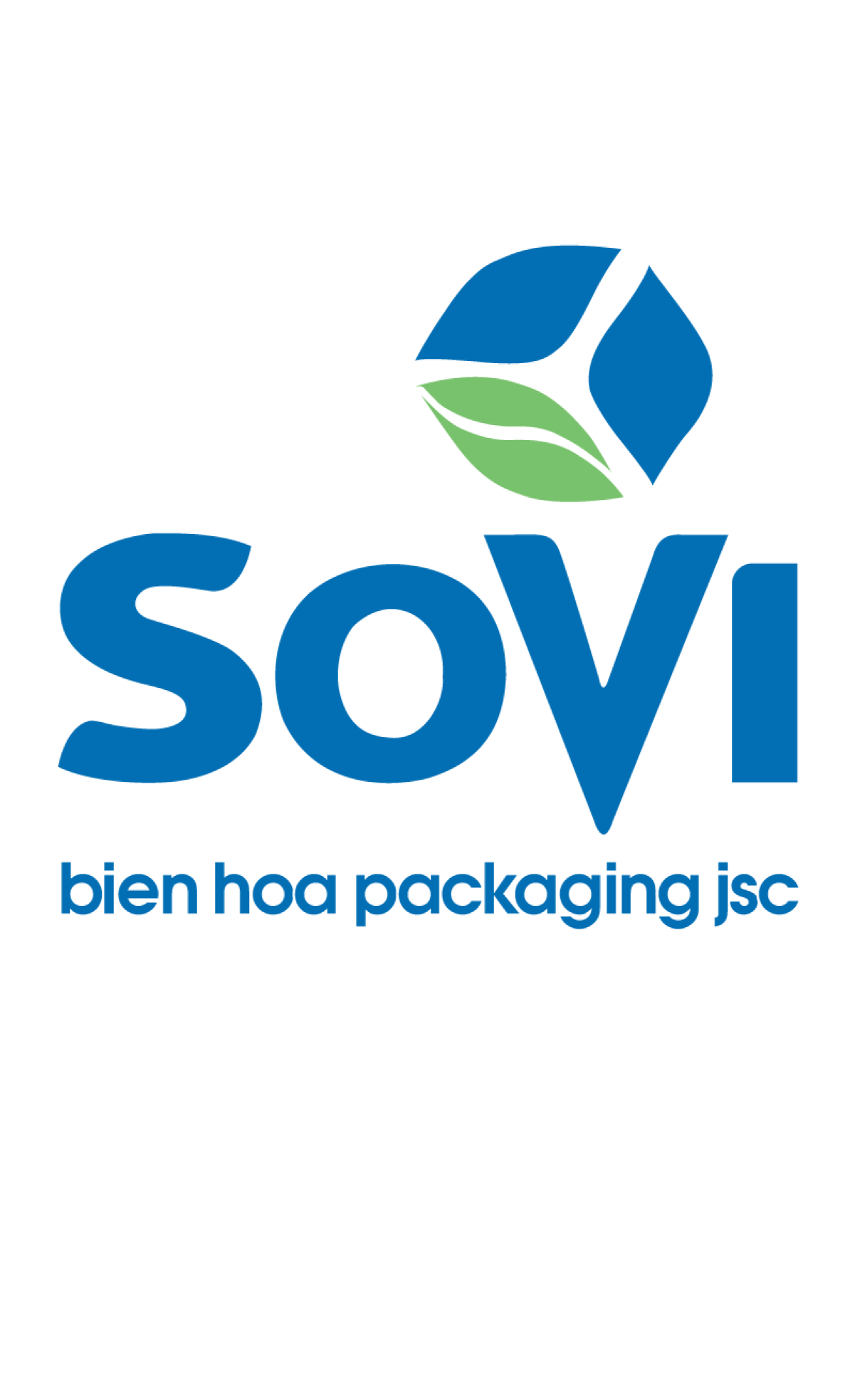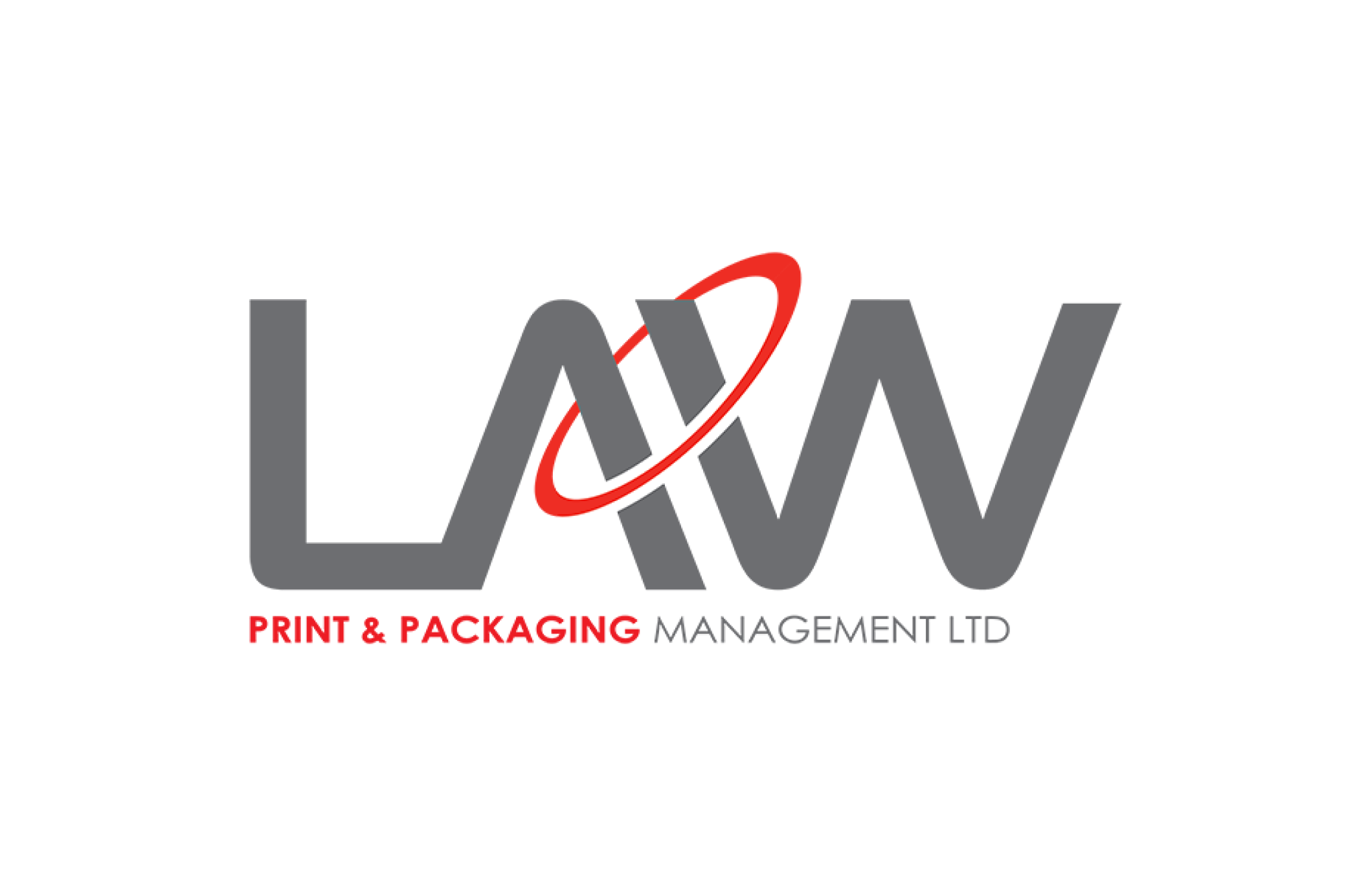EARTHWARE
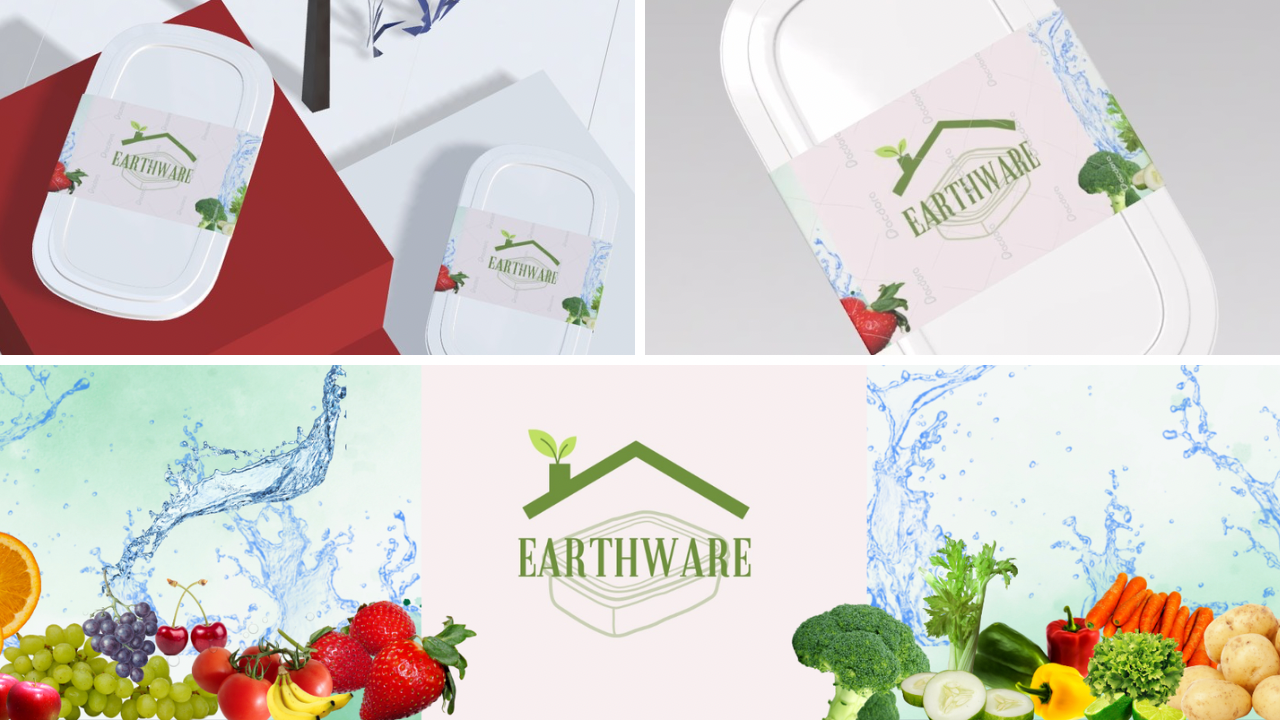
Team : ขอแบบคิดเร็วๆ
Member
Ms Sarungorn Seehaprom
Ms Kanokorn Chantarasena
Ms Phraephet Makmoon
- วิเคราะห์สิ่งแวดล้อมทางธุรกิจ (Market Situation)
In 2023, Thailand's packaging market is projected to experience a 4.0% growth, reaching a total value of 669 billion baht. This expansion is primarily attributed to the nation's economic recovery and the rebound of the tourism sector, which have stimulated increased trade activities. Among the various packaging materials, paper packaging is anticipated to exhibit the most significant growth, followed by metal and plastic packaging.
According to ttb analytics, a comprehensive analysis of financial data submitted by businesses to the Department of Business Development reveals a detailed breakdown of the Thai packaging market. Plastic packaging currently dominates the market, constituting a substantial 51% share. Paper packaging and metal packaging follow, accounting for 33% and 16%, respectively. The predominance of plastic packaging in Thailand can be attributed to consumers' preference for its convenience and durability. However, the environmental implications of plastic, such as its non-biodegradability and the greenhouse gas emissions associated with its production and disposal, have prompted a global shift towards more sustainable packaging solutions.
Despite its substantial market share, the demand for plastic packaging is projected to decline as consumers and businesses increasingly embrace eco-friendly alternatives. This trend is driven by growing environmental concerns and the recognition of the detrimental effects of plastic pollution on ecosystems worldwide.
The Thai plastic products industry is poised for sustained growth from 2024 to 2026. This positive outlook is underpinned by the gradual recovery of both the global and domestic economies, which is stimulating demand for plastic products across various downstream sectors. These sectors include packaging, automotive components, electrical and electronic appliances, construction, and medical equipment. Moreover, the government's initiative to promote investment in New S-Curve industries is expected to further bolster the plastic industry, particularly those operating within the supply chains of these targeted sectors.
Krungsri Research's Assessment of Growth Trends 2024-2029:
Krungsri Research has conducted an analysis of the growth trajectories of different segments within the plastic products industry. Key findings include:
- Plastic Packaging: While the overall demand for plastic packaging is projected to grow, there is a discernible slowdown in the demand for basic plastic packaging items, such as shopping bags, due to increasing environmental consciousness. Conversely, manufacturers specializing in semi-rigid and soft plastic packaging are anticipated to experience robust growth, driven by the expansion of related industries such as food and beverages, trade, and e-commerce. Furthermore, plastic packaging producers equipped with advanced production technologies and the capability to produce high-quality, diversified product lines are expected to maintain their growth momentum.
(expressplaspack, 2567)
https://www.expressplaspack.com/th/kbank
The Kasikorn Research Center has highlighted the pressing issue of packaging waste as a catalyst for the expansion of alternative packaging solutions, particularly green packaging in Thailand. The increasingly stringent safety standards and growing emphasis on environmental sustainability present significant challenges for businesses, yet also offer unique opportunities for market growth.
According to the Center's projections, the market value of environmentally friendly food and beverage packaging is poised to reach between 13 billion and 16 billion baht by 2025, capturing a substantial 8-10% share of the total food and beverage packaging market
2 ) กำหนดเป้าหมายในการพัฒนาแบรนด์ (Goals)
Primary Objectives
- Brand Recognition and Trust: The primary goal is to establish a strong, recognizable brand that consumers trust. This involves convincing consumers that our products are genuinely environmentally friendly and safe for health.
- Create Product Demand: To shift consumer behavior from traditional plastic food containers towards our natural alternatives, we must effectively communicate the value proposition and benefits of our products.
- Market Leadership: The aspiration is to become the top-of-mind brand when consumers consider natural food containers.
Secondary Objectives
- Sales Growth and Market Share: Continuously expand our customer base and drive revenue growth.
- Customer Relationship Building: Implement a loyalty program and establish robust communication channels to foster customer loyalty and encourage repeat purchases and referrals.
- Positive Brand Image: Cultivate a brand image that is synonymous with environmental stewardship and social responsibility.
- กำหนดลูกค้ากลุ่มเป้าหมาย และรายละเอียด Insight ของกลุ่มเป้าหมาย (Customer analysis)
Segmentation
Demographic Segmentation:
Age: Teenagers: 18-24 years old. Working adults: 25-40 years old. Mature adults: Over 40 years old. Gender : Male. Female
Income : Middle to high income
Behavioral Segmentation:
- Usage Frequency: Daily users , Occasional users ,Special occasion users
- Environmental Consciousness: Individuals who prioritize environmentally friendly products and are willing to pay a premium for them
- Purchasing Channels: Online shoppers, In-store shoppers
Psychographic Segmentation:
- Lifestyle: Health-conscious individuals , Homemakers ,People who enjoy cooking ,Those with busy lifestyles
- Values: ,Individuals who value nature and are committed to environmental conservation
Targeting
Main Target
Profile:
- Age: 25-40 years old
- Gender: Female
- Income: Middle to high income
- Lifestyle: Enjoys cooking and is health-conscious
- Values: Places a high value on nature and environmental conservation
- Behavior: Uses plastic food containers daily and prefers online shopping
Secondary Target
Profile:
- Age: Over 40 years old
- Gender: Female
- Income: Middle to high income
- Lifestyle: Homemakers who enjoy cooking for their families or individuals with an environmentally conscious lifestyle.
- Values: Committed to environmental conservation.
- Behavior: Regularly uses plastic food containers and prefers in-store shopping.
Secondary Target
Profile:
- Age: 18-24 years old
- Gender: Female
- Income: Middle income (typically students or recent graduates).
- Lifestyle: Enjoys cooking or experimenting with new things.
- Values: Supports environmentalism and sustainability.
- Behavior: Occasionally uses plastic food containers and prefers online shopping.
Positioning
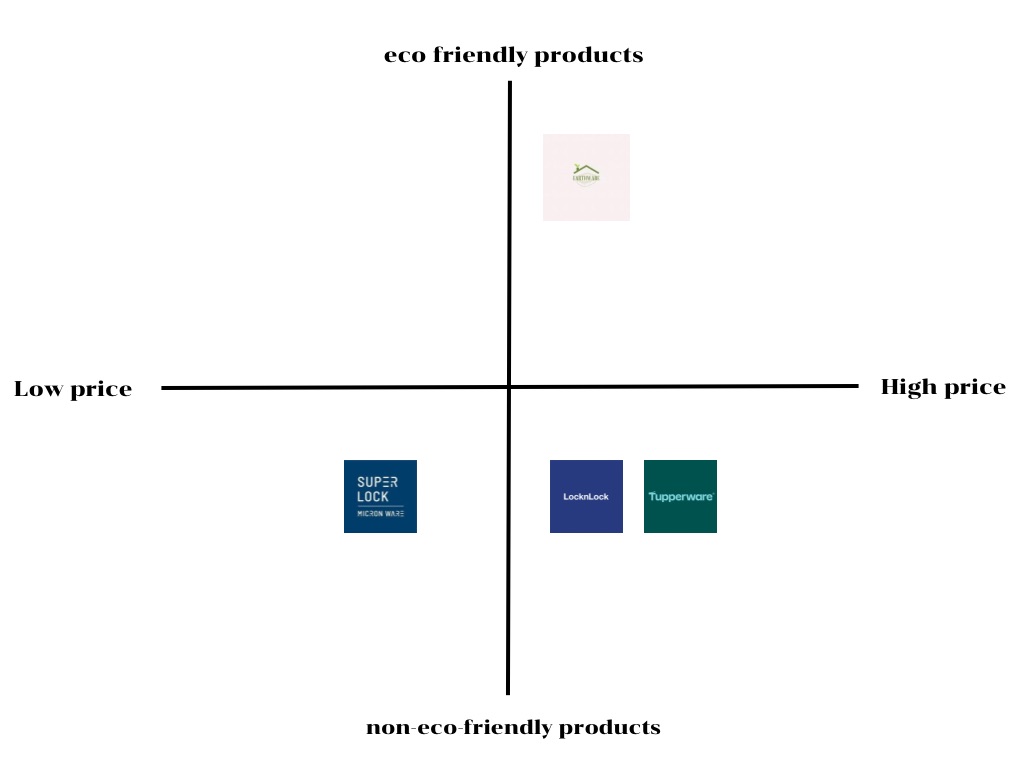
Customer insight
Chemical concerns: Many consumers are worried that conventional plastic containers may contain harmful chemicals that can leach into food when exposed to heat or through repeated use.
Odor issues: Some plastic containers can retain food odors, causing the containers to smell and affecting the taste of subsequent meals.
Durability: Certain plastic containers are prone to breaking or losing their shape over time.
Environmental impact: A significant number of consumers are aware of environmental issues and are concerned about the impact of plastic waste on the planet.
Aesthetics: Some individuals find that conventional plastic containers have unattractive designs that do not suit their personal style.
Earthware, a product of sugarcane production, offers a sustainable and environmentally friendly alternative to traditional plastic food containers. This biodegradable bioplastic is naturally compostable, eliminating the long-term problem of plastic waste.
These containers possess several notable qualities:
- Heat Resistance: They can safely store hot or warm food without leaching harmful chemicals.
- Food Safety: The materials used are non-toxic and pose no risk of contaminating food.
- Biodegradability: When disposed of properly, these containers decompose naturally within a relatively short time, significantly reducing plastic waste.
Given these exceptional properties, bagasse food containers provide a compelling choice for health-conscious and environmentally minded consumers, promoting more responsible consumption practices.
5) กิจกรรมการตลาดและการพัฒนาแบรนด์ผ่านบรรจุภัณฑ์ (Action plan)
1. Create an engaging marketing campaignCampaign: "Green Box, Green Earth": Develop content related to healthy eating and eco-friendly lifestyles, along with instructions on how to use the product.
2. Create customer experiences
- Workshops: Conduct workshops on healthy cooking using the brand's food containers.
- Pop-up Stores: Set up booths in places where the target audience frequents, such as farmers' markets or department stores.
3. Build a community
- Social Media Groups: Create Facebook or Instagram groups for customers to share their experiences and feedback.
- Influencer Marketing: Collaborate with influencers who are interested in health and the environment to promote the product.
6)การวัดผลทางการตลาดและแบรนด์ (KPI)KPIs (Key Performance Indicators)
- Sales: Measured by monthly, quarterly, and annual sales figures.
- Brand Awareness: Measured through customer surveys and social media monitoring.
- Social Media Followers: Measured by the number of followers on platforms such as Facebook and Instagram.
- Engagement: Measured by customer interactions on social media, including likes, shares, and comments.

